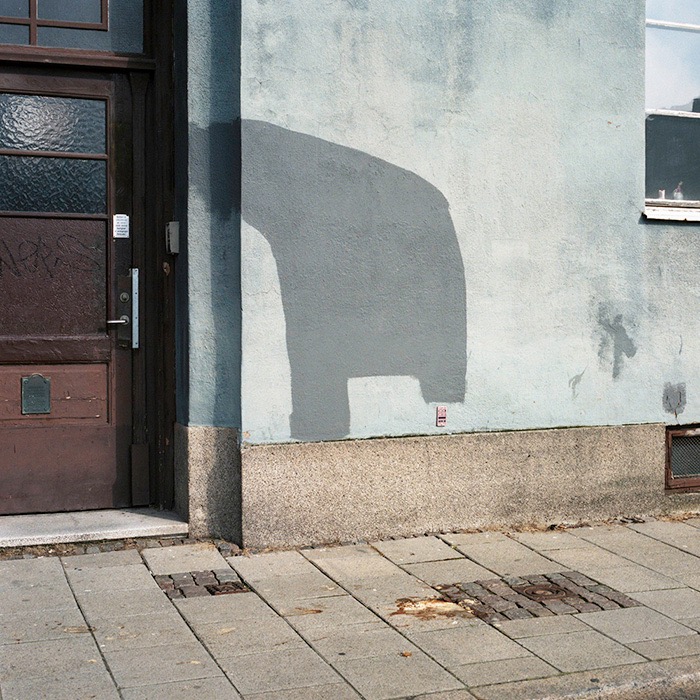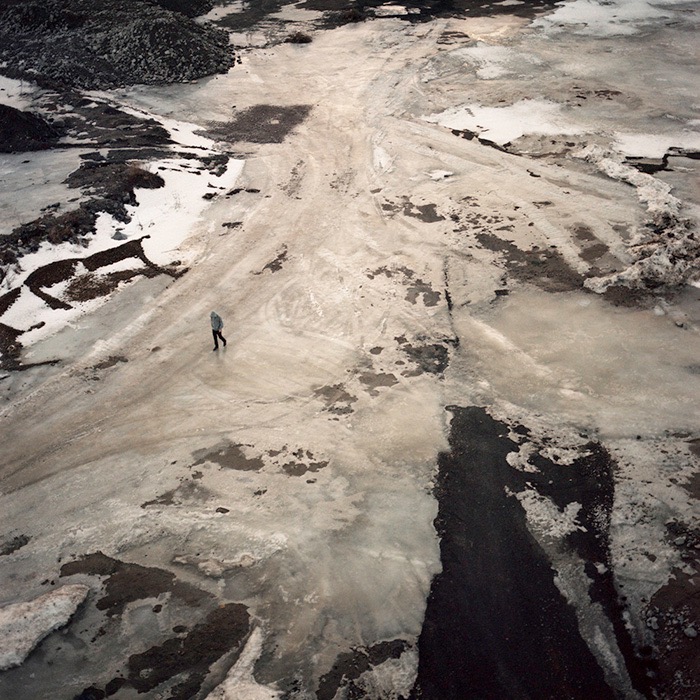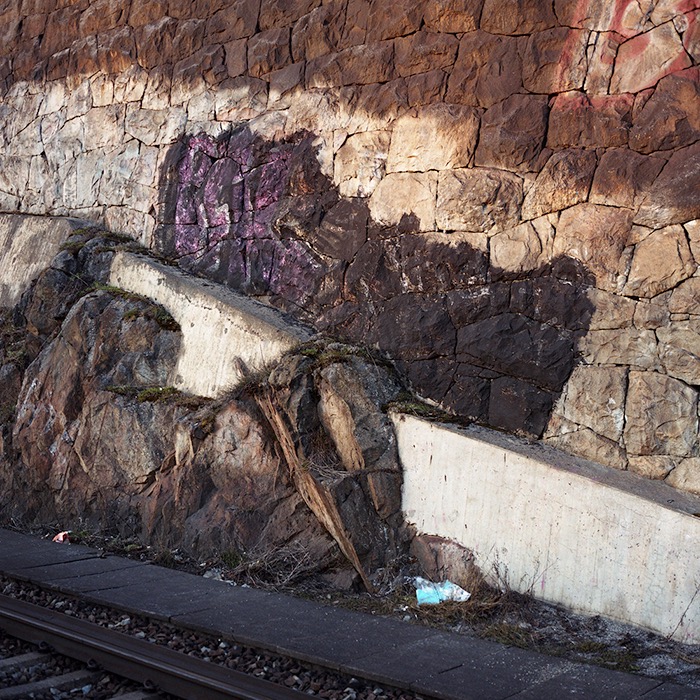When Everything Comes Together But Nothing Makes Sense is an ethnographic study into graffiti culture in Sweden with means of photography, portraying the people behind the thriving underground culture. The work gives a voice to the unheard part-takers of the subculture, while the audience gets a glance to their world. The photo project discusses graffiti in depth, with will to understand the motives of the people involved in the subculture.
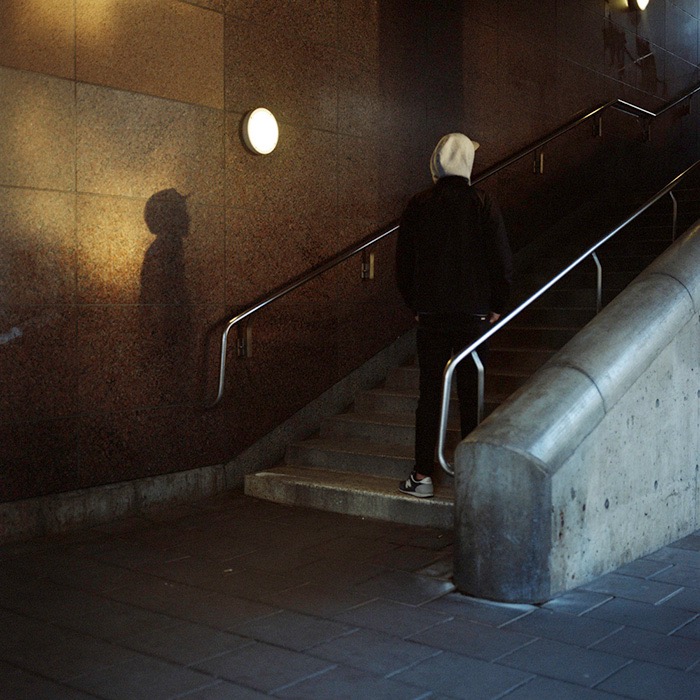
Throughout the history of mankind writing and drawing in public spaces has been a form or art and communication. The first found manmade traces are cave paintings made over 40 000 years ago in El Castillo cave in northern Spain. The modern form of graffiti emerged in New York City, USA, in the late 1960’s. In the early years graffiti often was political, but already had working method based on recognizable tags, graffiti writers’ pseudonyms. Tags are the base of lettered form of graffiti to this day. Often graffiti writers are driven by fame, recognition gotten within the culture based on artistic skills, mass and boldness or all three combined.
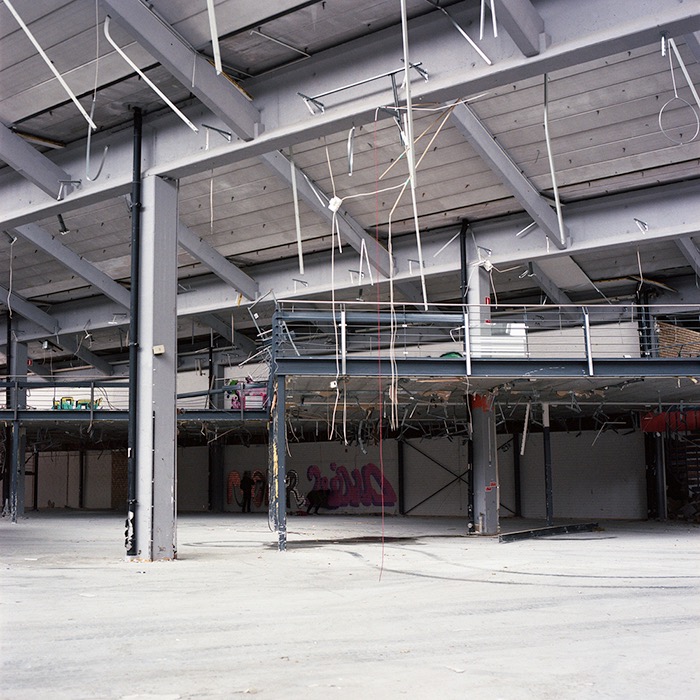
Sweden has had a thriving graffiti scene since it first arrived to the country in the mid 1980’s. Since then graffiti artists’ or vandals’ – however they are called – actions have cost Swedish cities, companies and individual citizens hundreds and hundreds of millions of Swedish kronas in graffiti removal costs. The cities around Sweden have very different views on the controversial culture and methods to prevent and fight against it. In the city of Malmö it has been possible to practice graffiti legally since 1979 where as Stockholm does not have one open wall to this day.
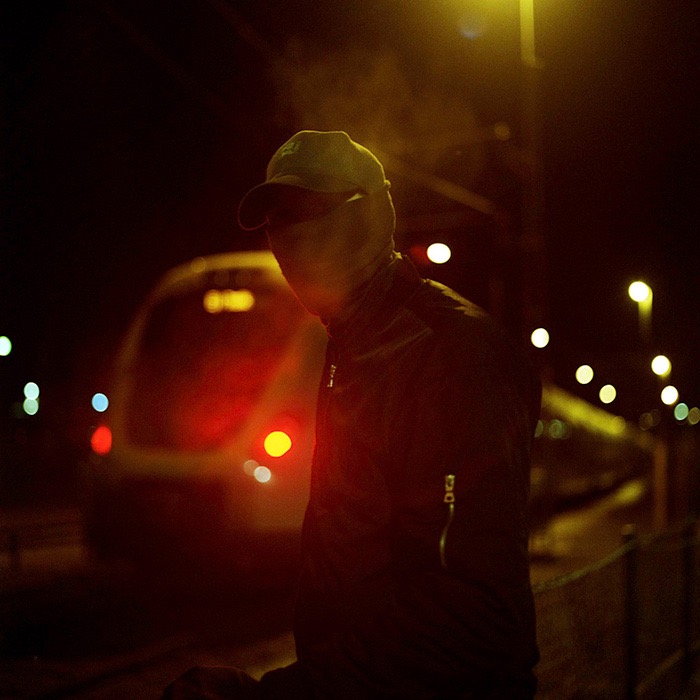
Due to the strict policies the writers almost always have to keep this side of them as a secret from someone, like their parents, friends or colleagues. And as they have to keep the secret, their voices remain unheard. The primary goal of the project is to make a multifaceted, unseen documentation of the Swedish graffiti culture. Some of the key questions of the project are Why did the people start doing graffiti? What keeps them doing it? What have they had to sacrifice for their lifestyle? What have they gained?
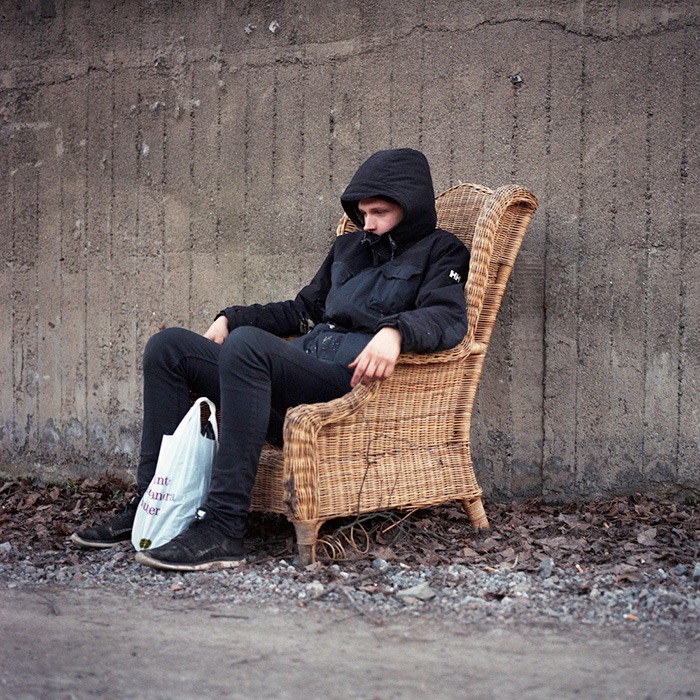
The work consist of three different photographic viewpoints on graffiti: Portraiture of graffiti writers, documentary photography on actions relating to graffiti and surfaces cleaned of graffiti. The staged portraiture is pensive and ambiguous journey to writers’ inner landscape, made in locations characterizing each person or the way they reflect on graffiti. The action pictures are documentations of the people engaging themselves in all graffiti related activities. Showing the action itself serves the purpose of depicting the commitment and determination the people involved have for doing graffiti. Pictures of buffed surfaces is a way to discuss the necessity of cleaning graffiti. Also when a tag or a piece is being buffed, a new mark is left behind. The visual approach towards of cleaned walls is to focus on the aesthetic trace and portraying it as a piece of art in its environment.
Janne Riikonen – Finnish photographer based in Stockholm, Sweden. MA in Photojournalism from Mid Sweden University.
Website: janneriikonen.com
